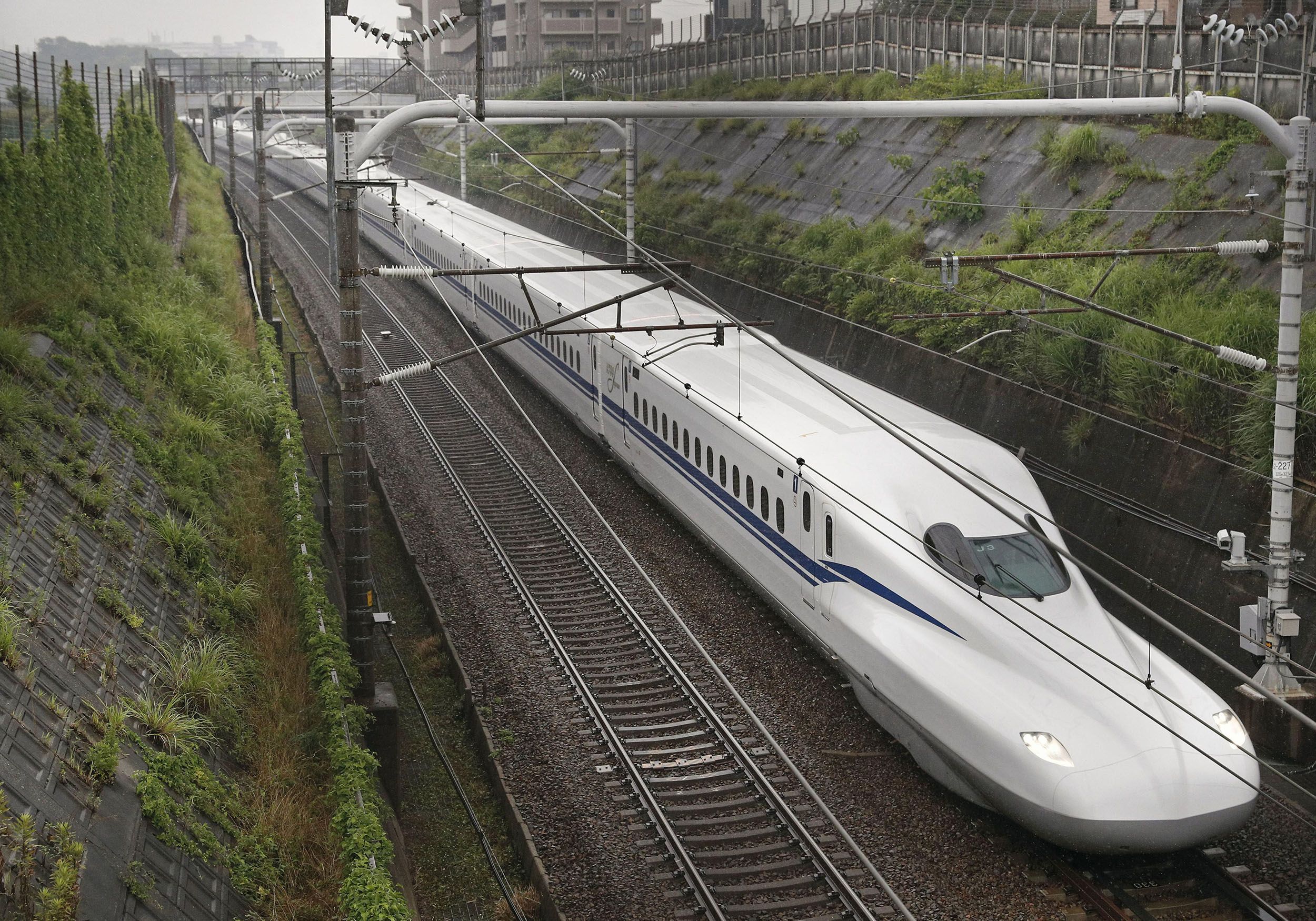The ambitious Ahmedabad-Mumbai bullet train project is on track to revolutionize intercity travel in India, with the first trial run slated for 2026 between Surat and Bilimora. Spanning 508 kilometers and incorporating eight stations across Gujarat, construction is rapidly progressing on this transformative infrastructure initiative.
Pramod Sharma, Director (Works) at the National High Speed Rail Corporation Limited (NHSRCL), emphasized the project’s significance as a cornerstone of Prime Minister Narendra Modi’s vision for modern infrastructure. The high-speed rail corridor will connect Ahmedabad and Mumbai, with an impressive 92% of its route constructed as elevated tracks. This design minimizes land acquisition issues and enhances urban landscapes.
Among the key features of the project is the Vadodara station, which is particularly noteworthy for its design inspired by the region’s abundant banyan trees. The station, strategically located above platform seven of the existing railway facility near Pandya bridge, will cover 16,467 square meters and is expected to be completed by December 2025. The design aims to create a harmonious blend of nature and architecture, providing passengers with a welcoming environment enriched with modern amenities.
The project also boasts significant engineering achievements, including the construction of five railway overbridges (ROBs) and three railway underbridges (RUBs). Structures like the Vishwamitri ROB and Pandya bridge ROB exemplify the advanced engineering capabilities involved, ensuring smooth and efficient transit across the region.
Beyond its technological advancements, the Ahmedabad-Mumbai bullet train project promises substantial economic growth and regional development. By drastically reducing travel times—potentially cutting the journey from over eight hours to just a few—the rail corridor is expected to enhance commerce, attract investment, and stimulate tourism between these major metropolitan areas.
Moreover, the project aligns with global trends toward sustainable transportation. By providing an alternative to road and air travel, the bullet train aims to reduce carbon emissions and alleviate traffic congestion, contributing to India’s commitment to environmentally friendly development.
As construction progresses and the project moves closer to completion, excitement is mounting among stakeholders and potential passengers alike. The Ahmedabad-Mumbai bullet train is more than just a transportation project; it represents a significant leap toward a more connected, efficient, and sustainable future for Indian railways and the nation as a whole.



